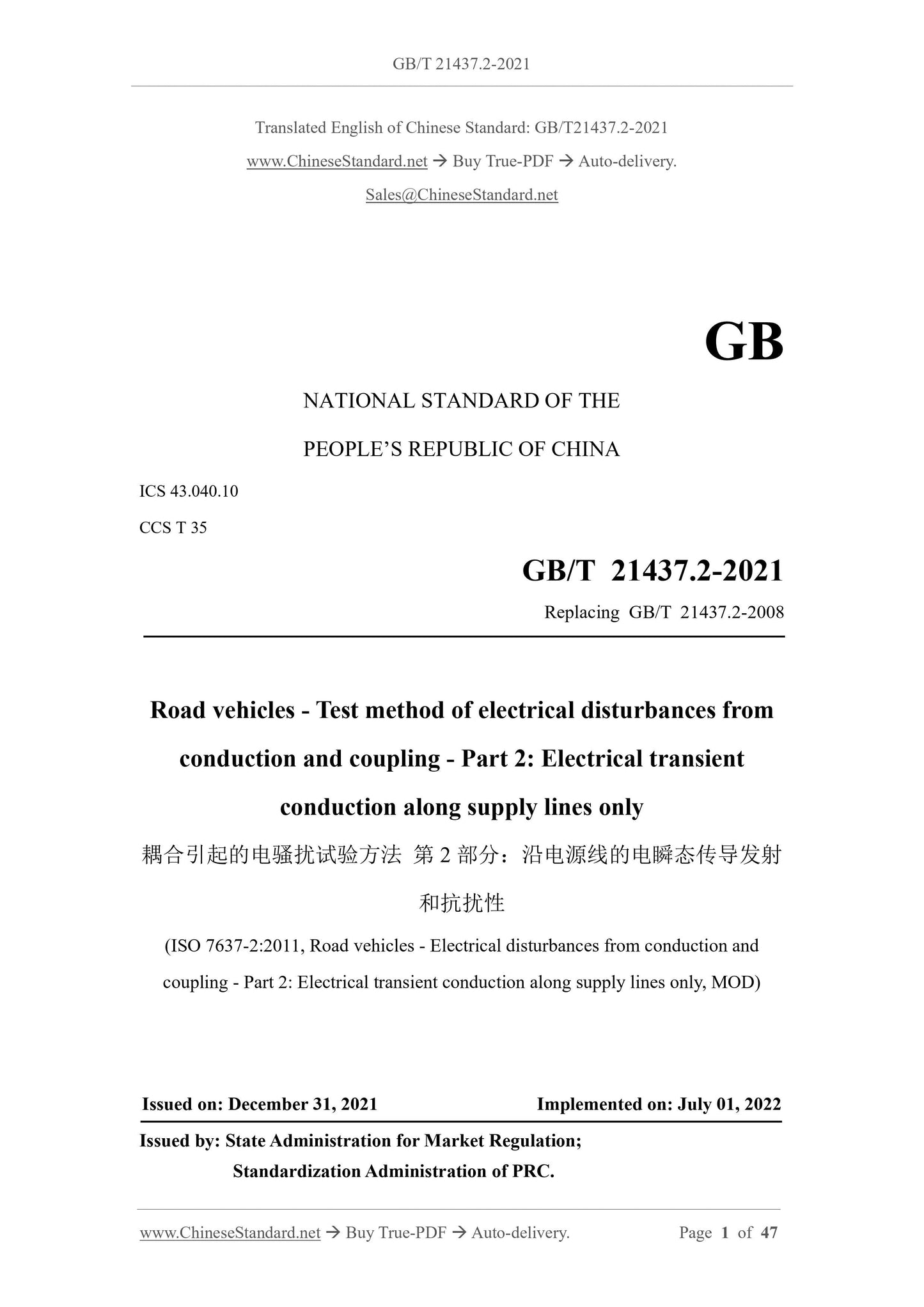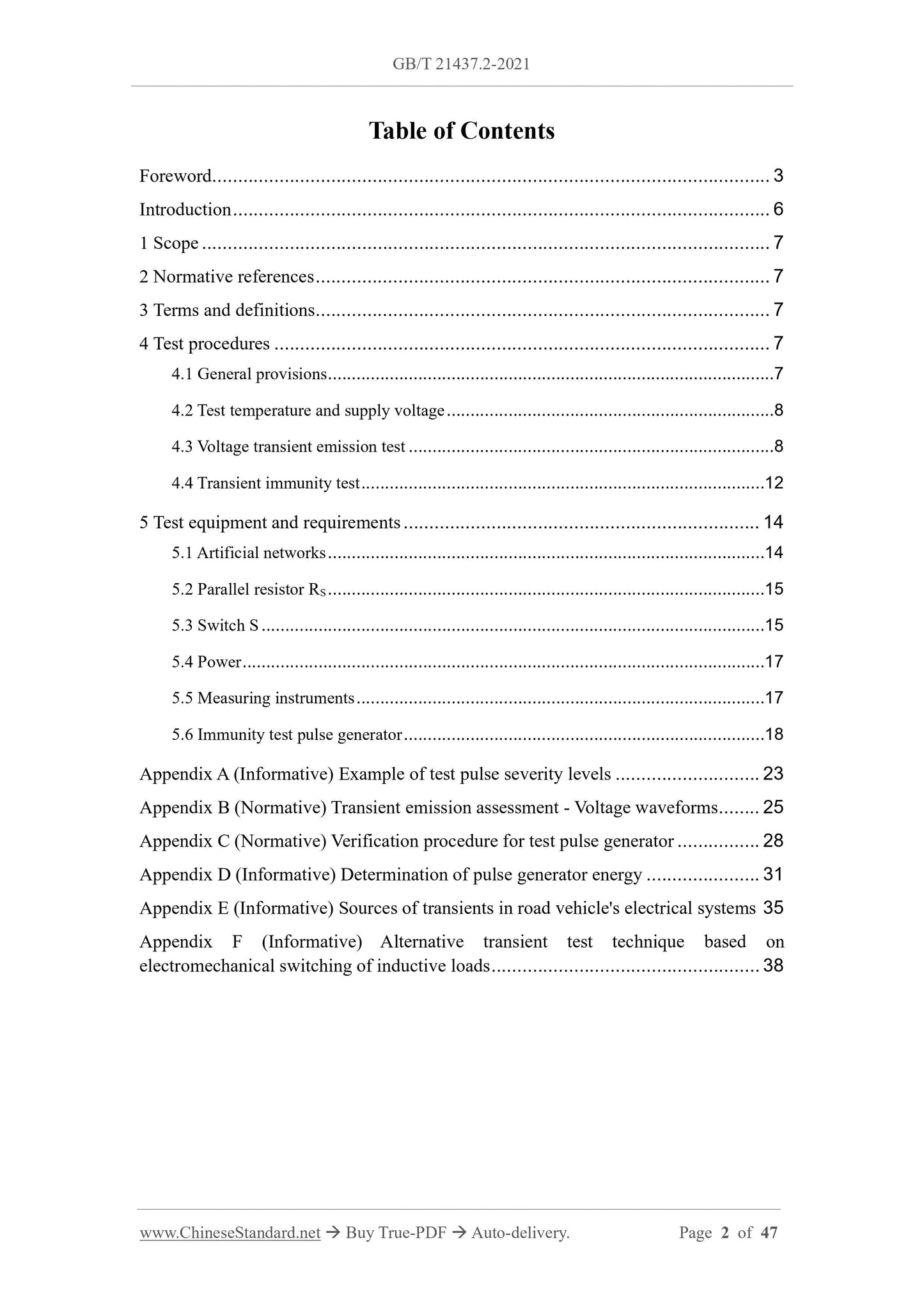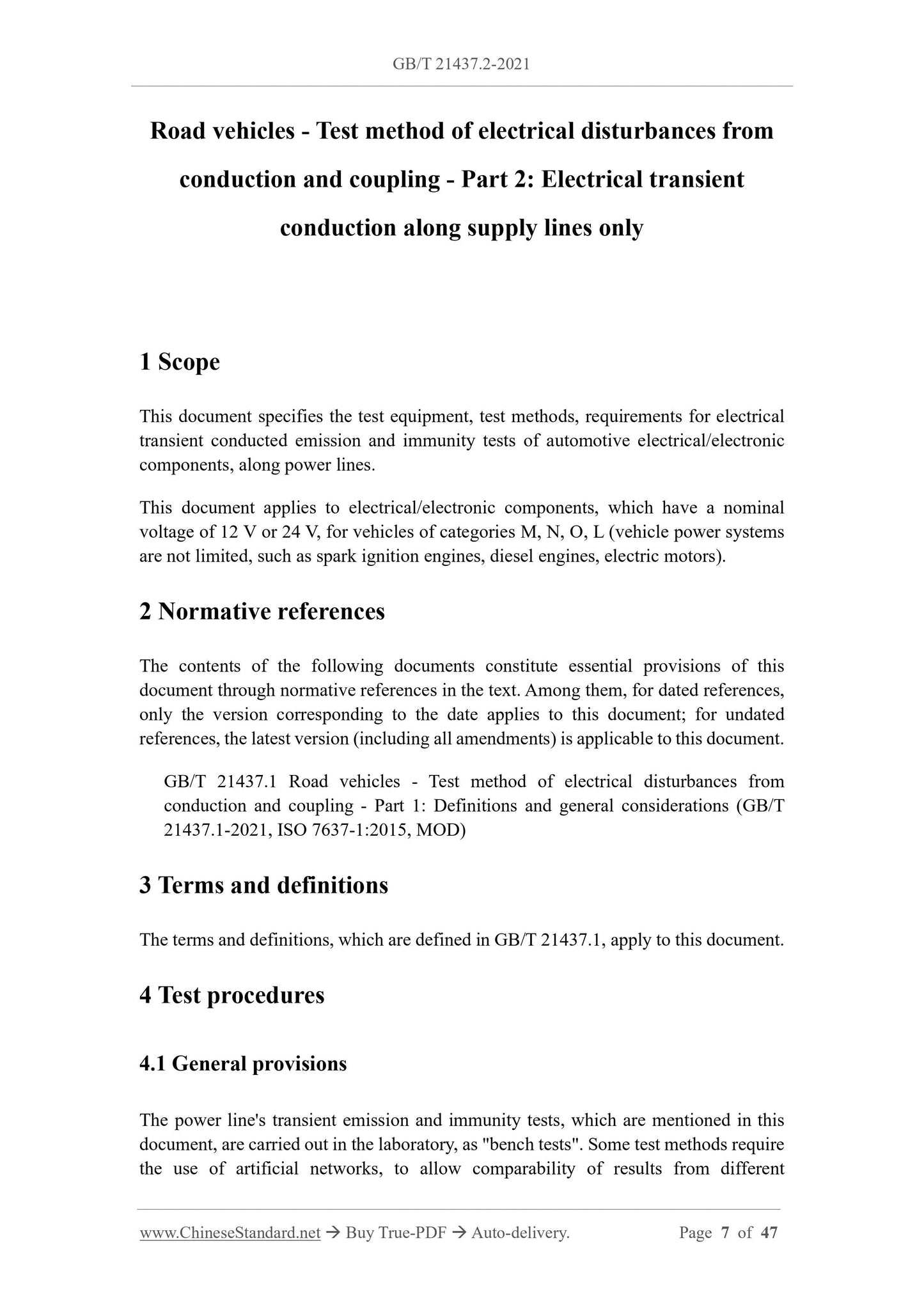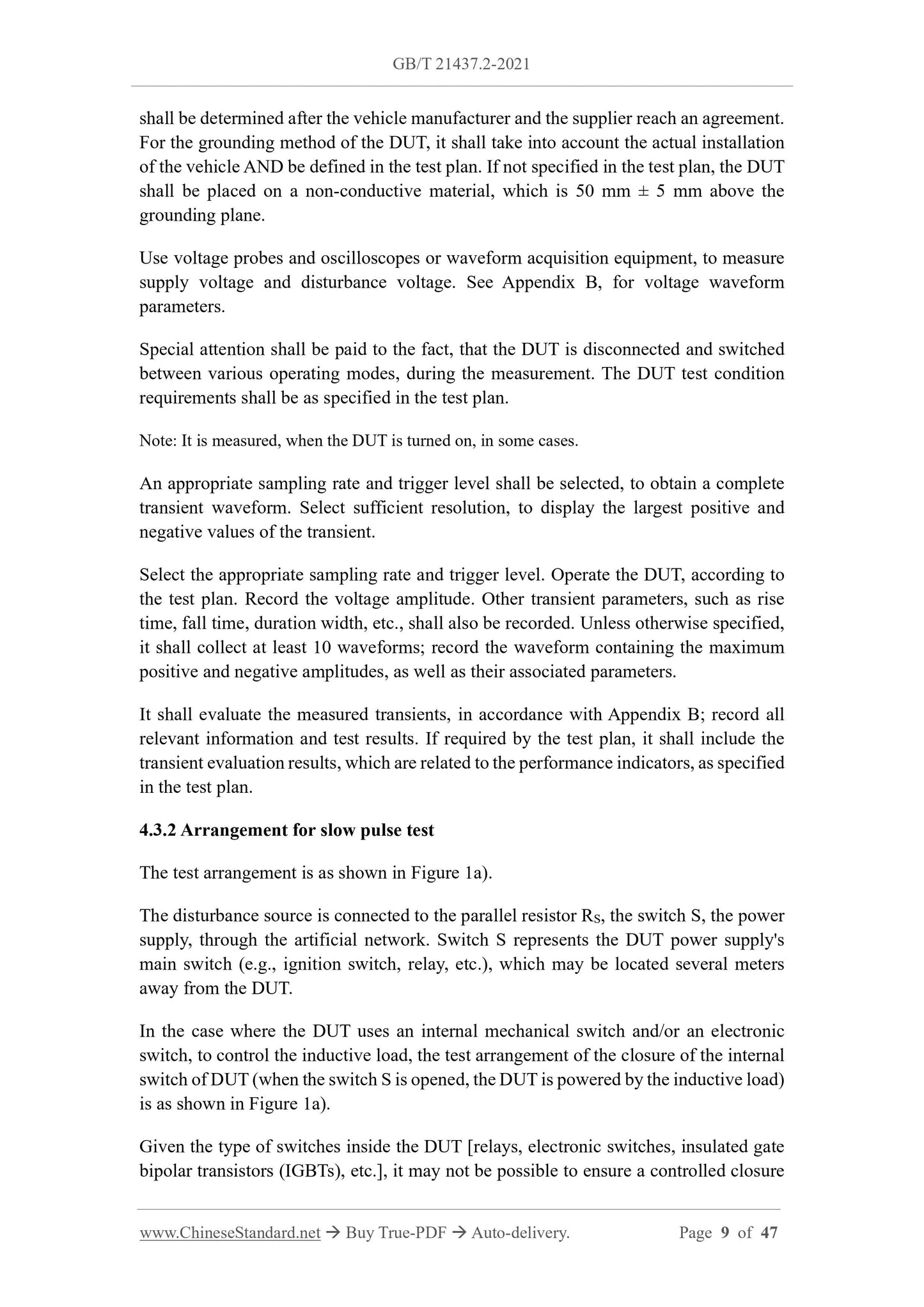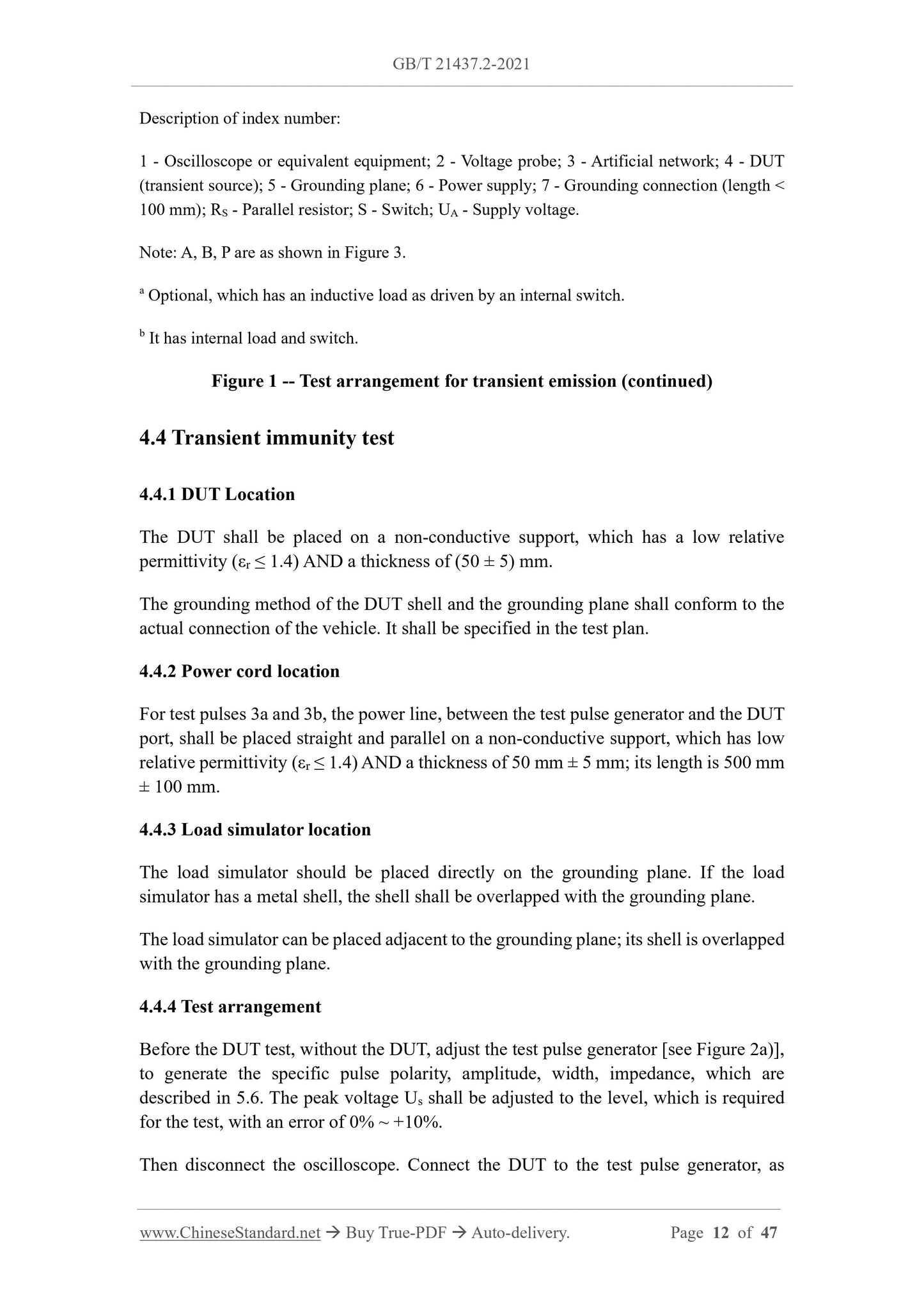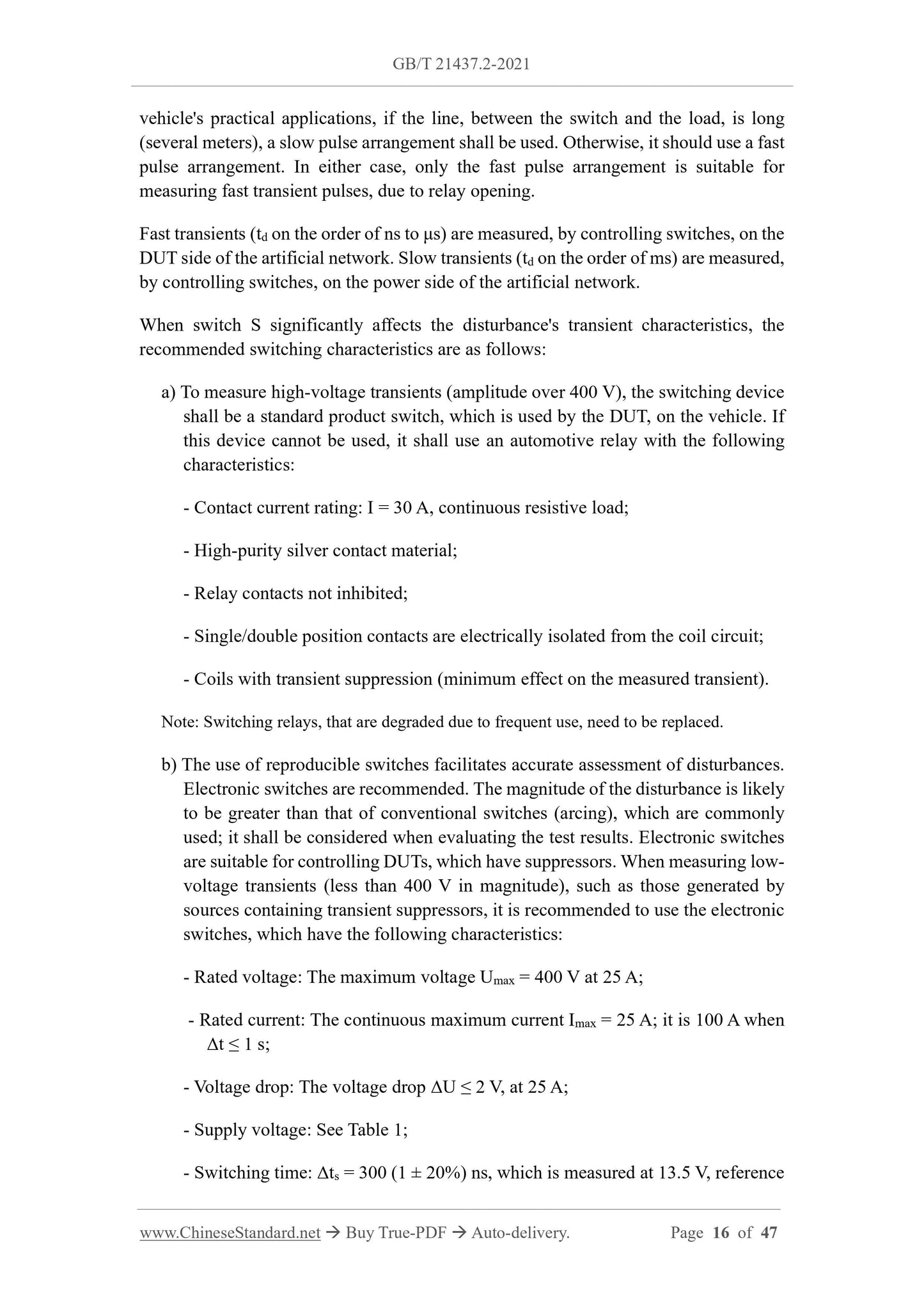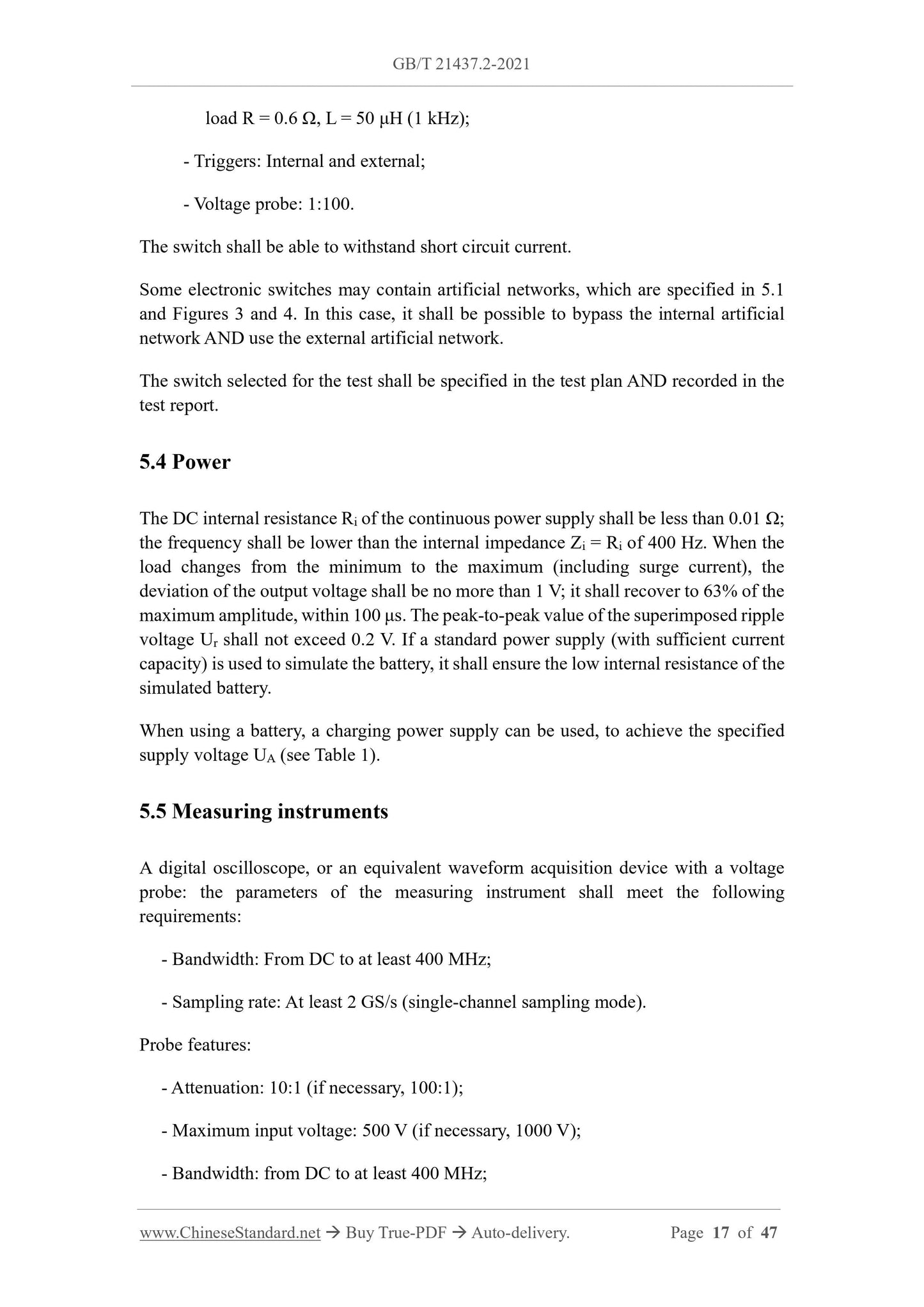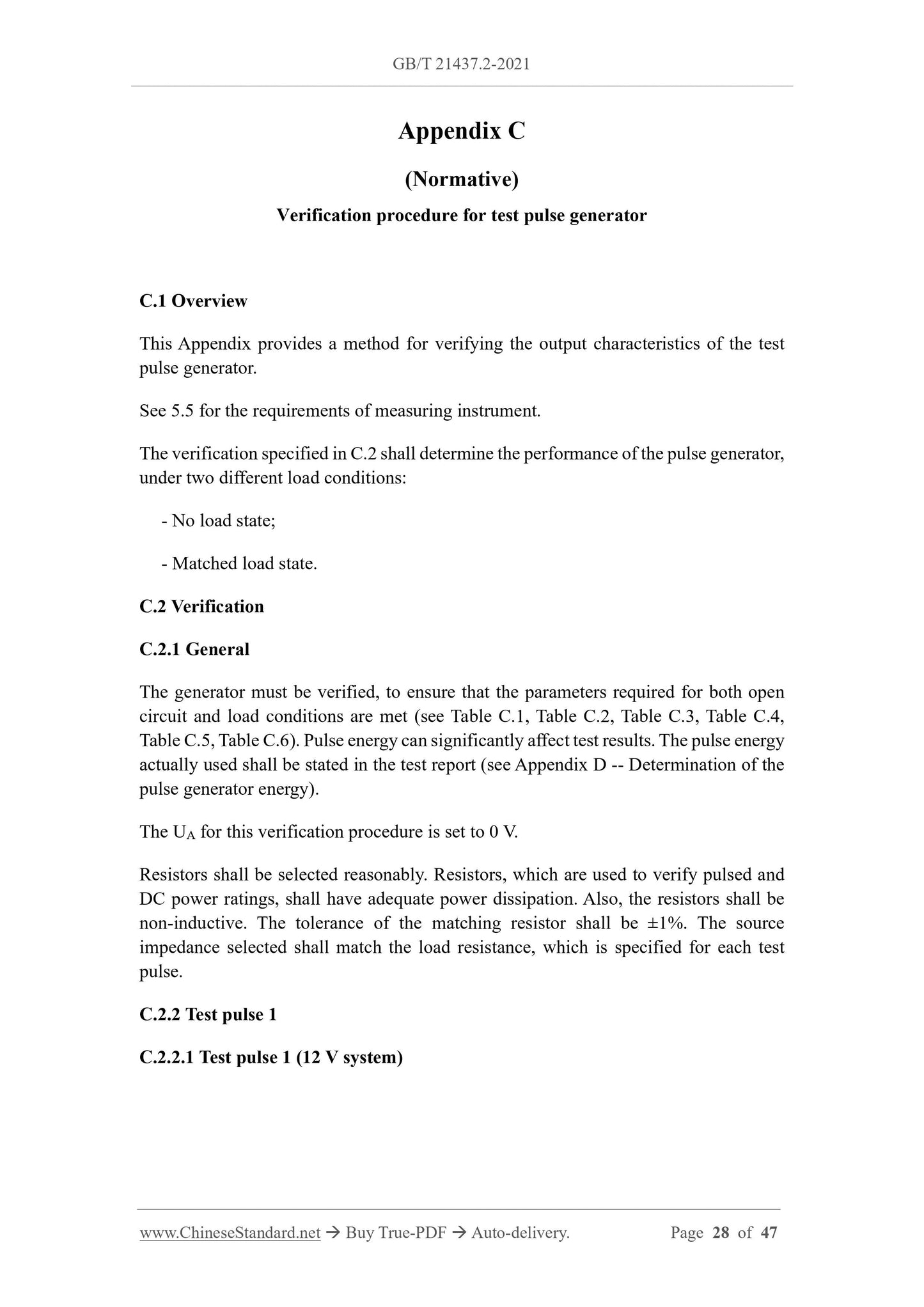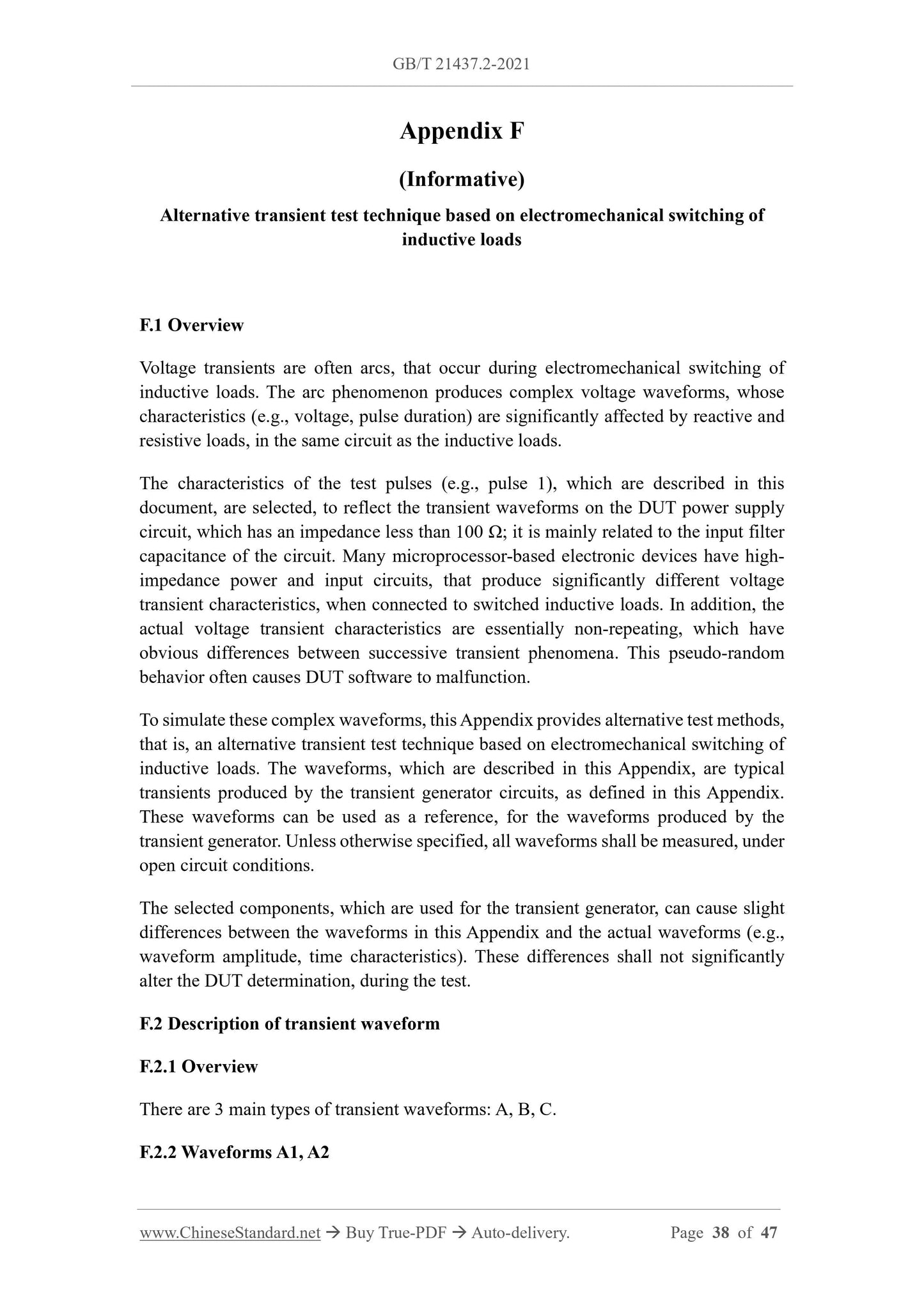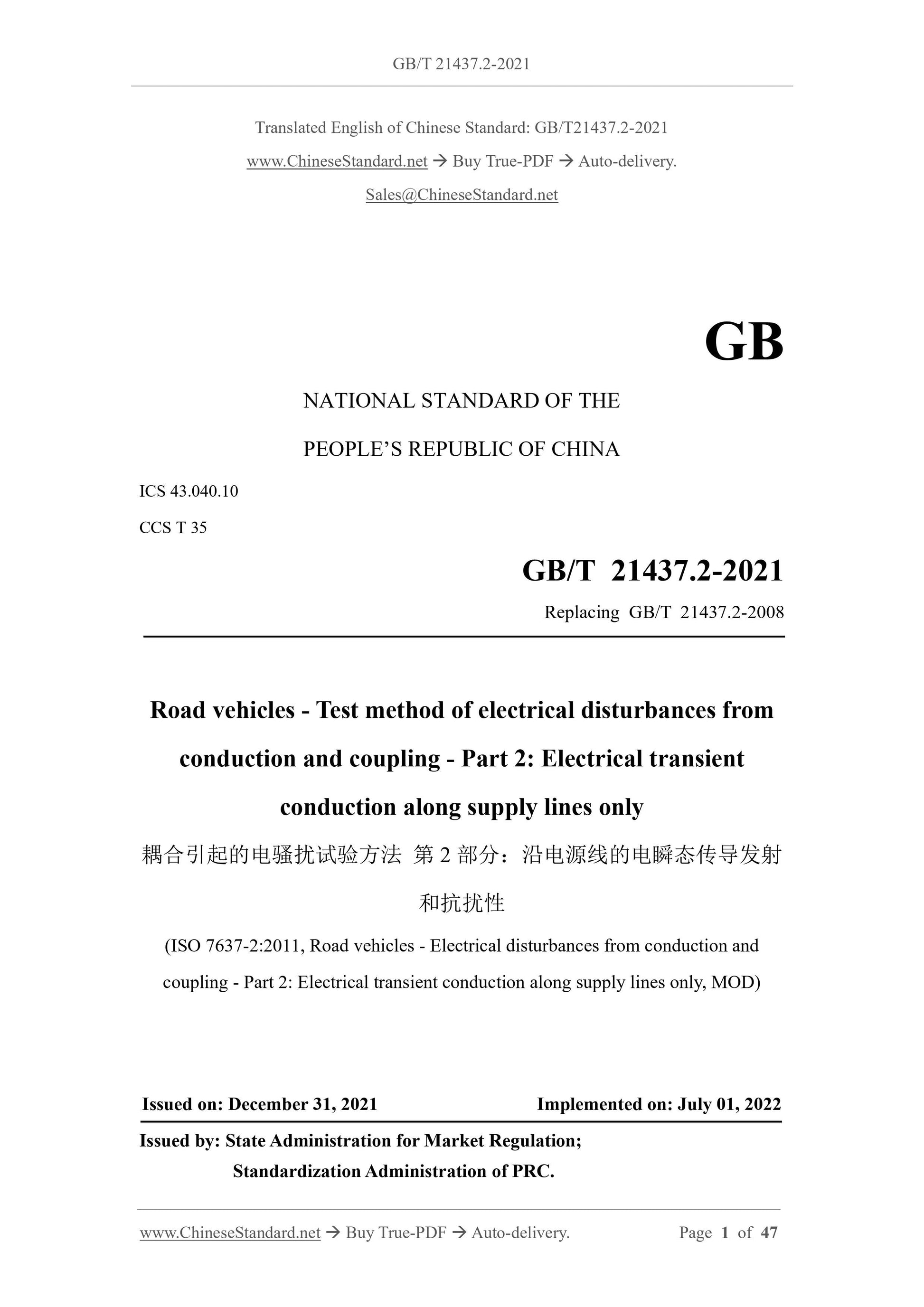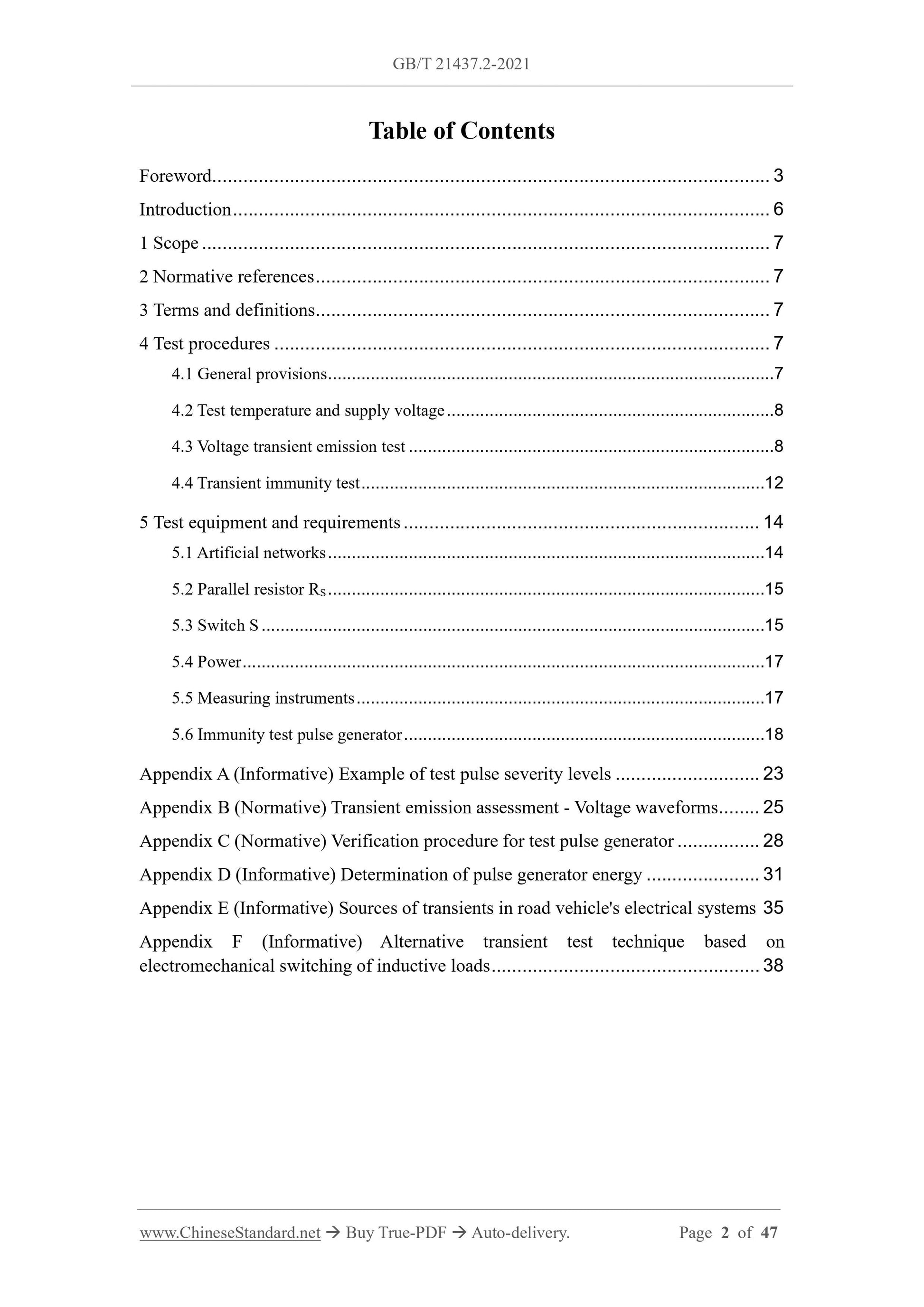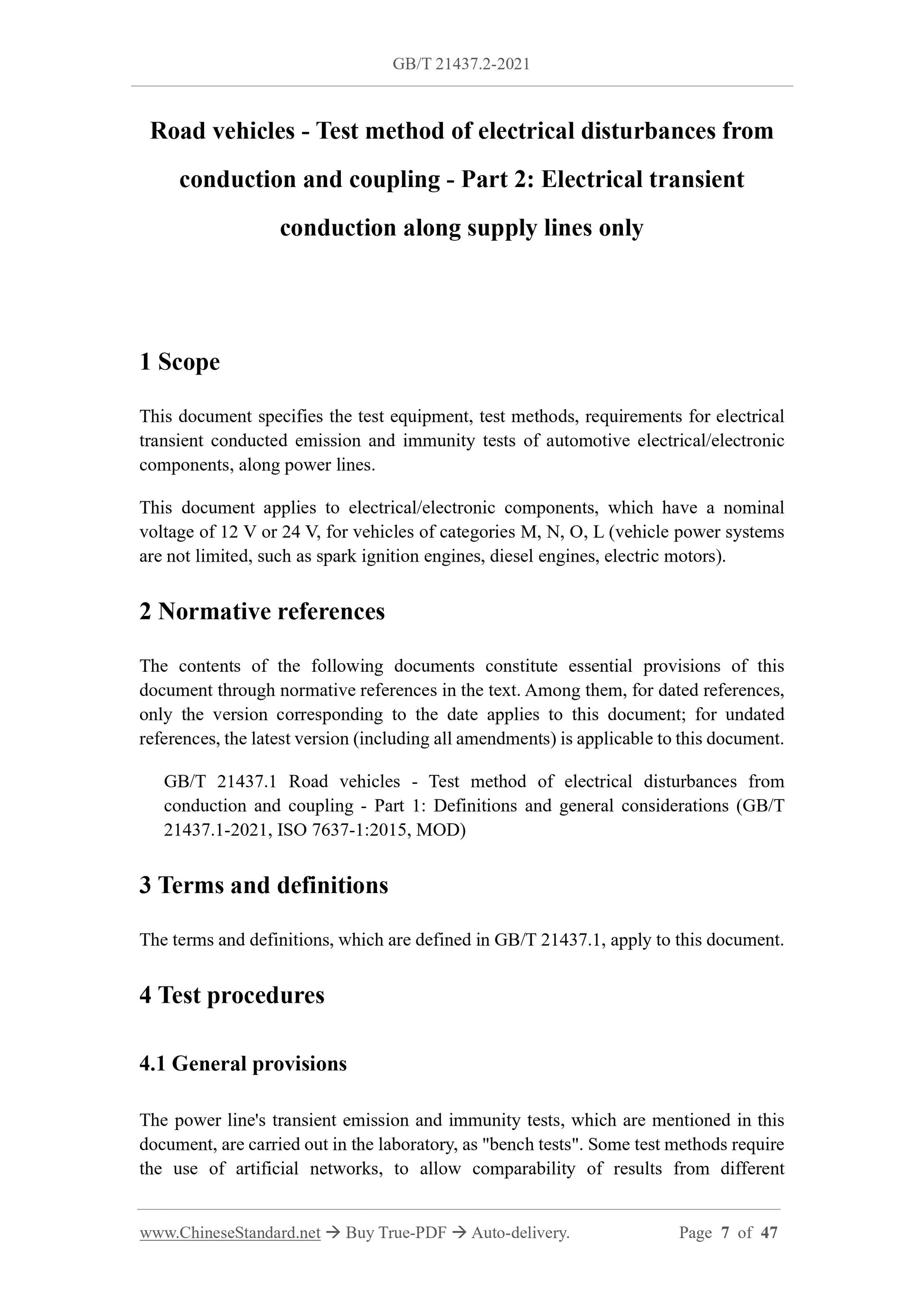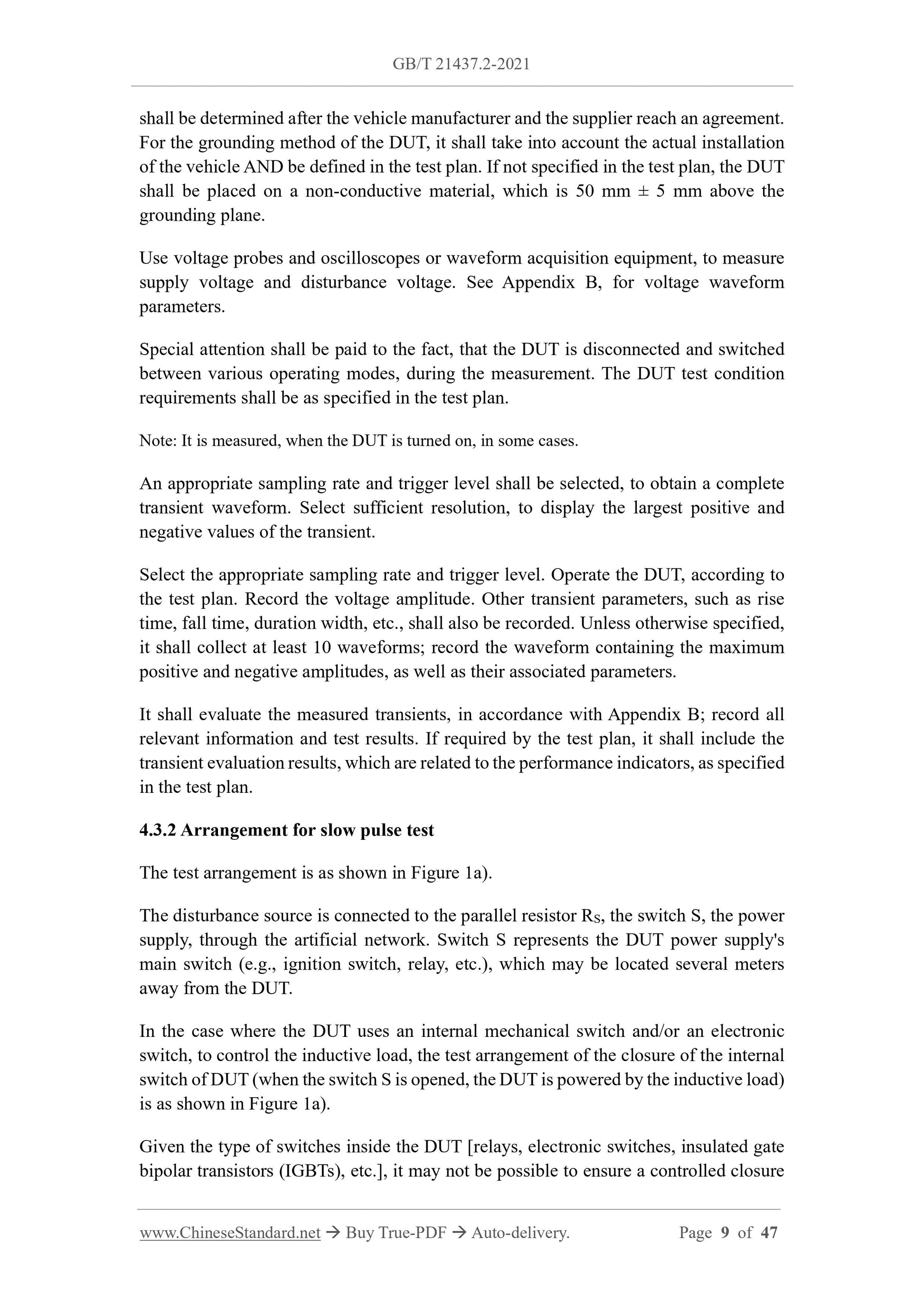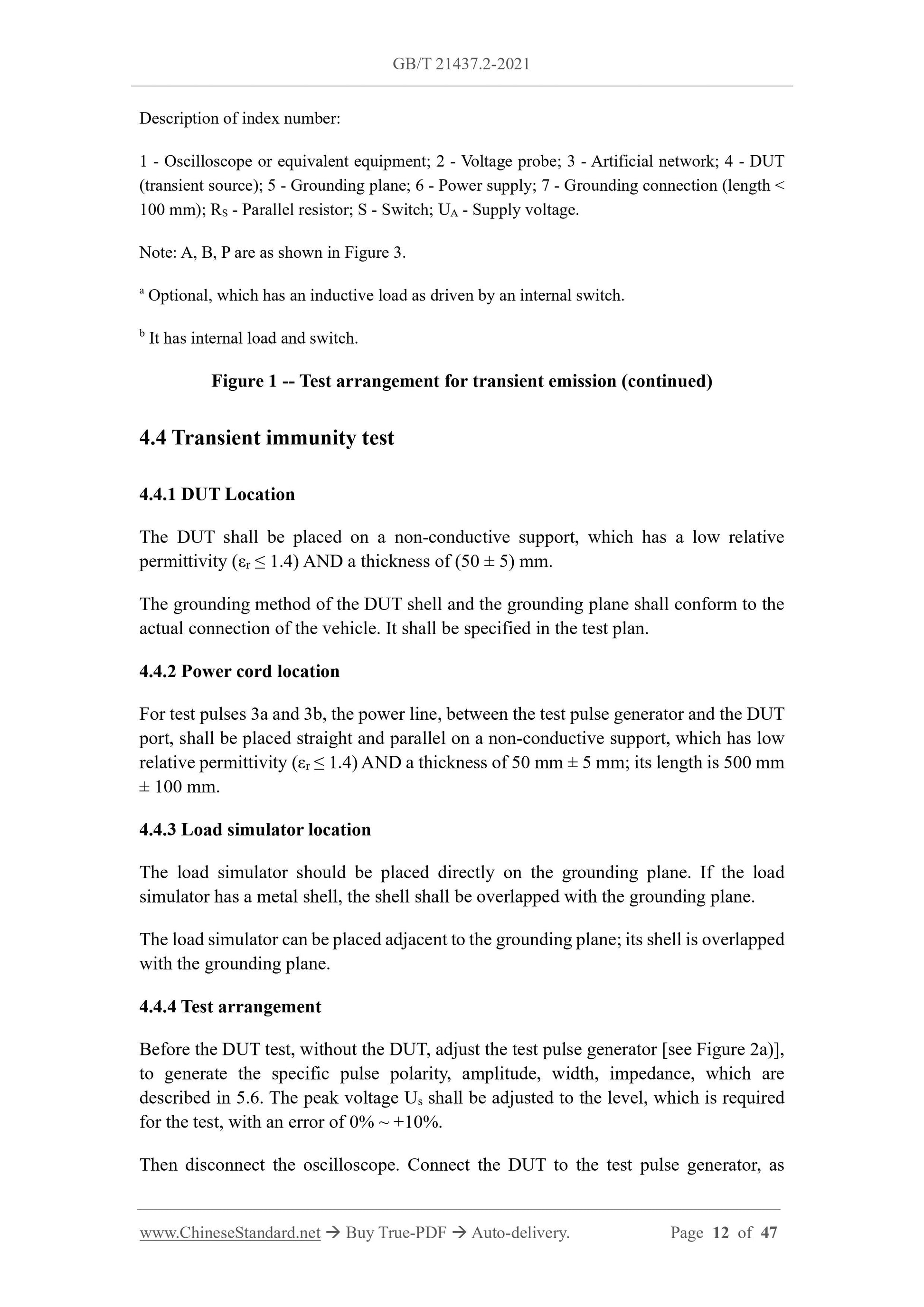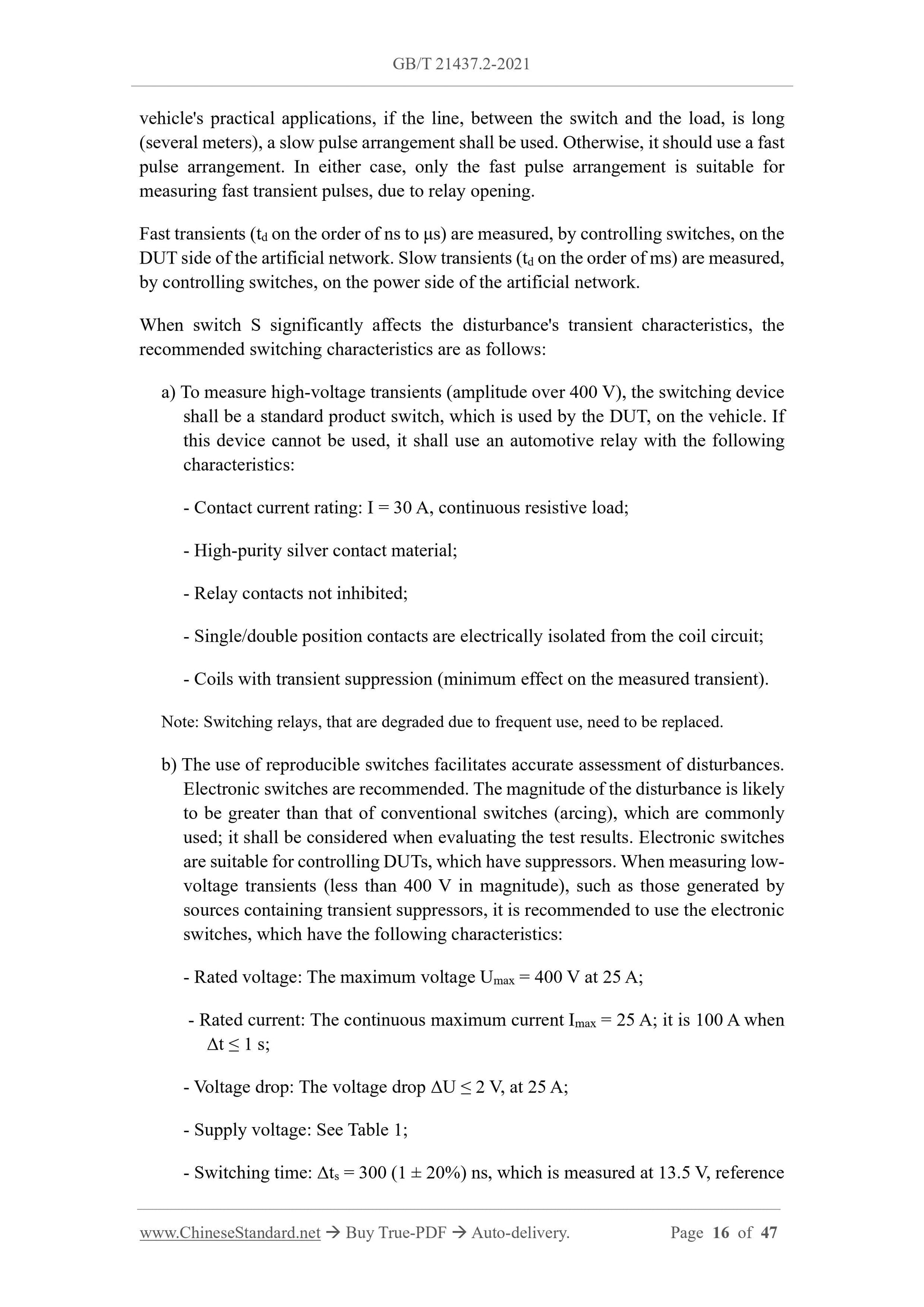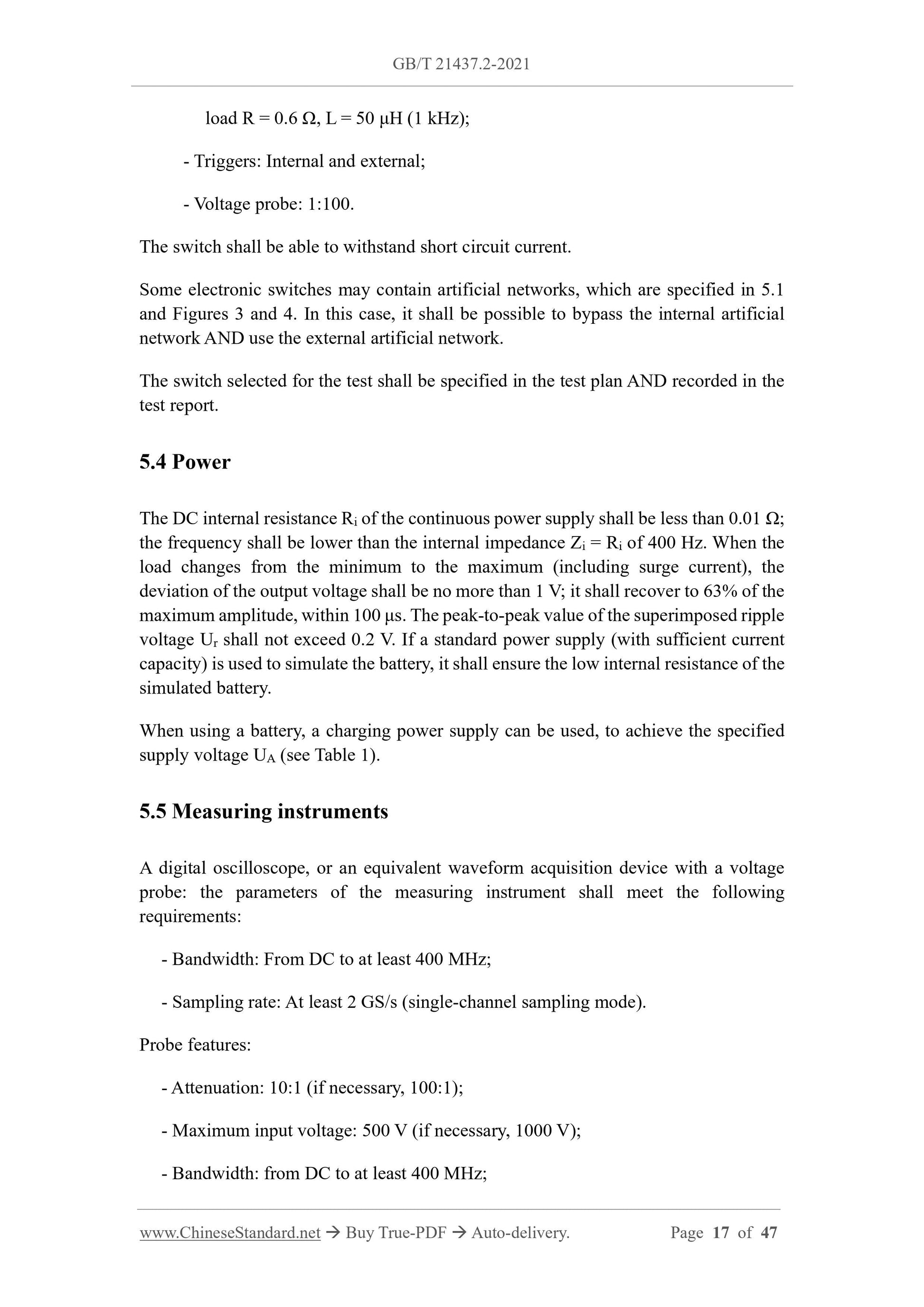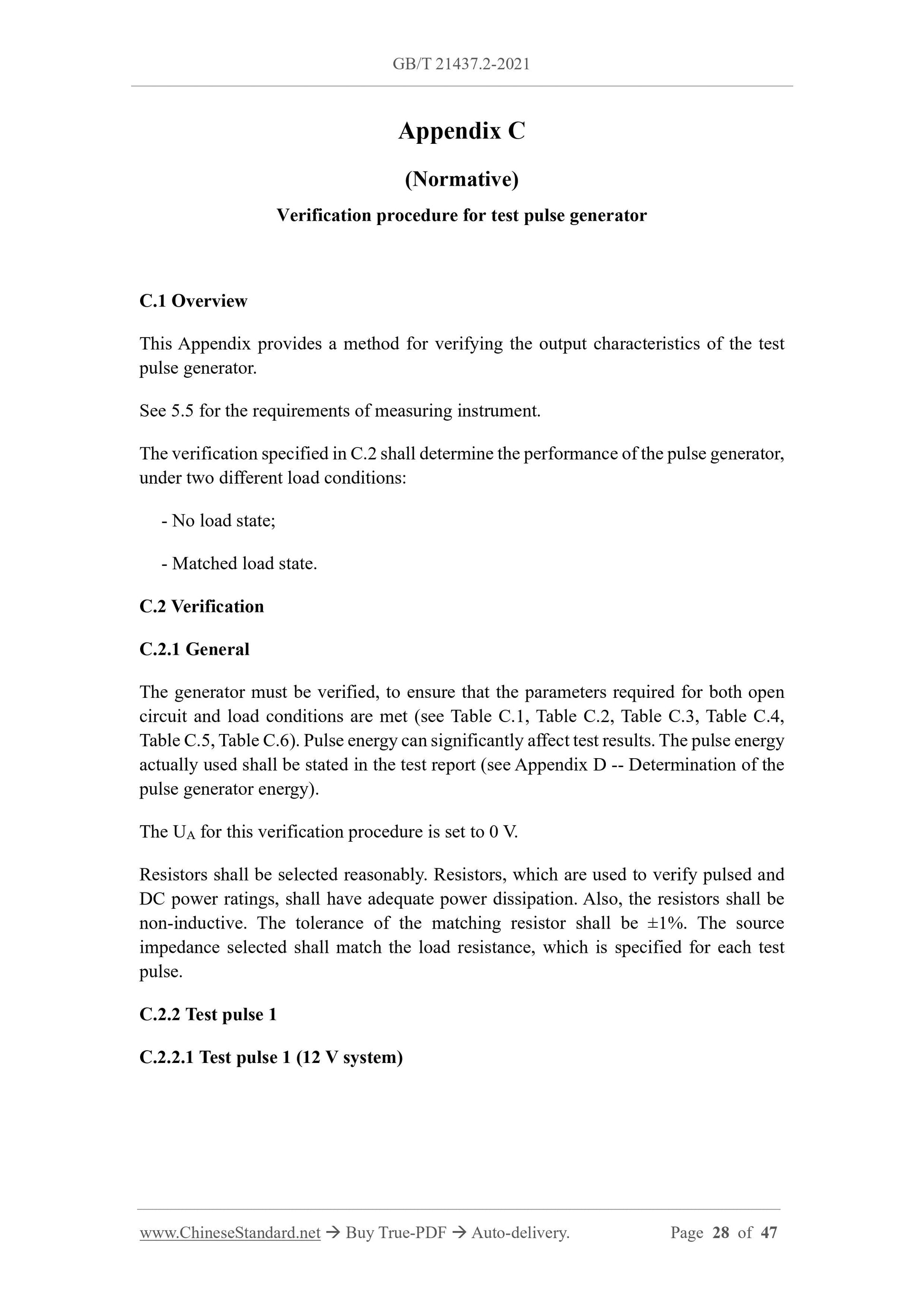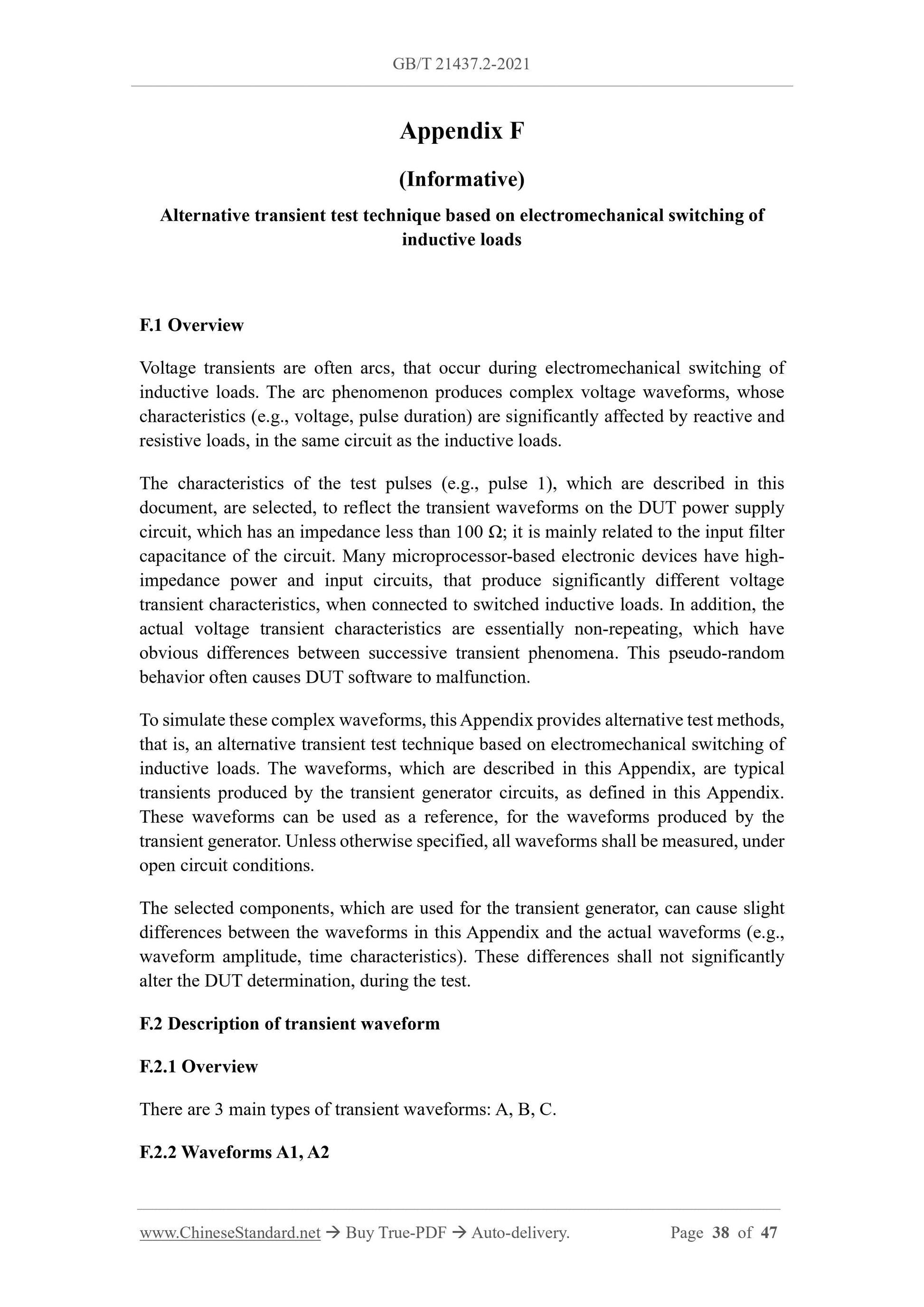1
/
of
9
www.ChineseStandard.us -- Field Test Asia Pte. Ltd.
GB/T 21437.2-2021 English PDF (GB/T21437.2-2021)
GB/T 21437.2-2021 English PDF (GB/T21437.2-2021)
Regular price
$590.00
Regular price
Sale price
$590.00
Unit price
/
per
Shipping calculated at checkout.
Couldn't load pickup availability
GB/T 21437.2-2021: Road vehicles - Test method of electrical disturbances from conduction and coupling - Part 2: Electrical transient conduction along supply lines only
Delivery: 9 seconds. Download (and Email) true-PDF + Invoice.Get Quotation: Click GB/T 21437.2-2021 (Self-service in 1-minute)
Newer / historical versions: GB/T 21437.2-2021
Preview True-PDF
Scope
This document specifies the test equipment, test methods, requirements for electricaltransient conducted emission and immunity tests of automotive electrical/electronic
components, along power lines.
Basic Data
| Standard ID | GB/T 21437.2-2021 (GB/T21437.2-2021) |
| Description (Translated English) | Road vehicles - Test method of electrical disturbances from conduction and coupling - Part 2: Electrical transient conduction along supply lines only |
| Sector / Industry | National Standard (Recommended) |
| Classification of Chinese Standard | T35 |
| Word Count Estimation | 38,379 |
| Issuing agency(ies) | State Administration for Market Regulation, China National Standardization Administration |
Share
